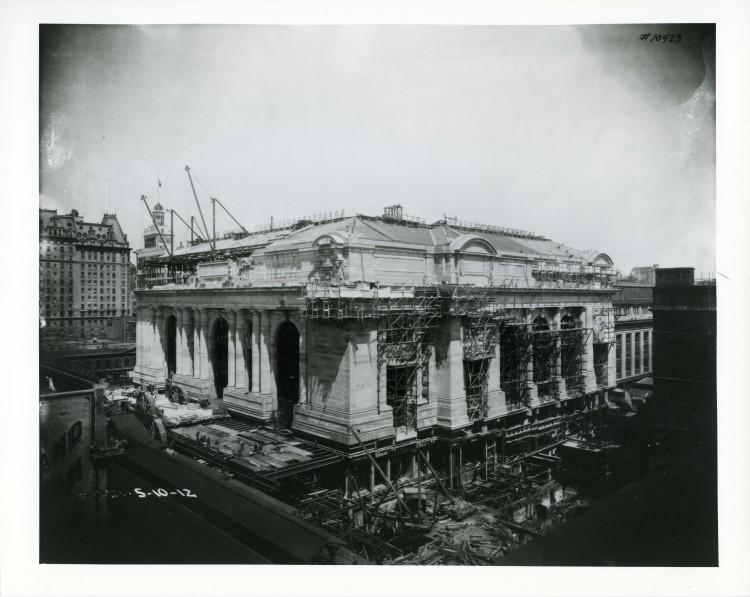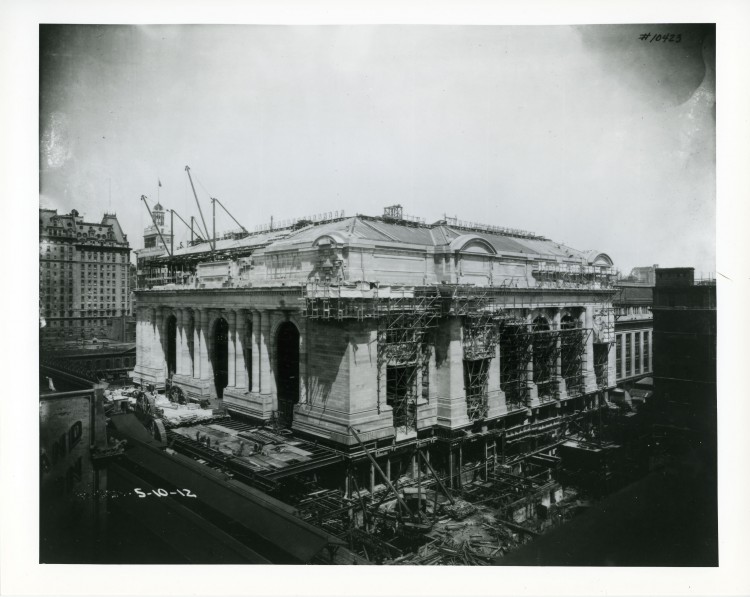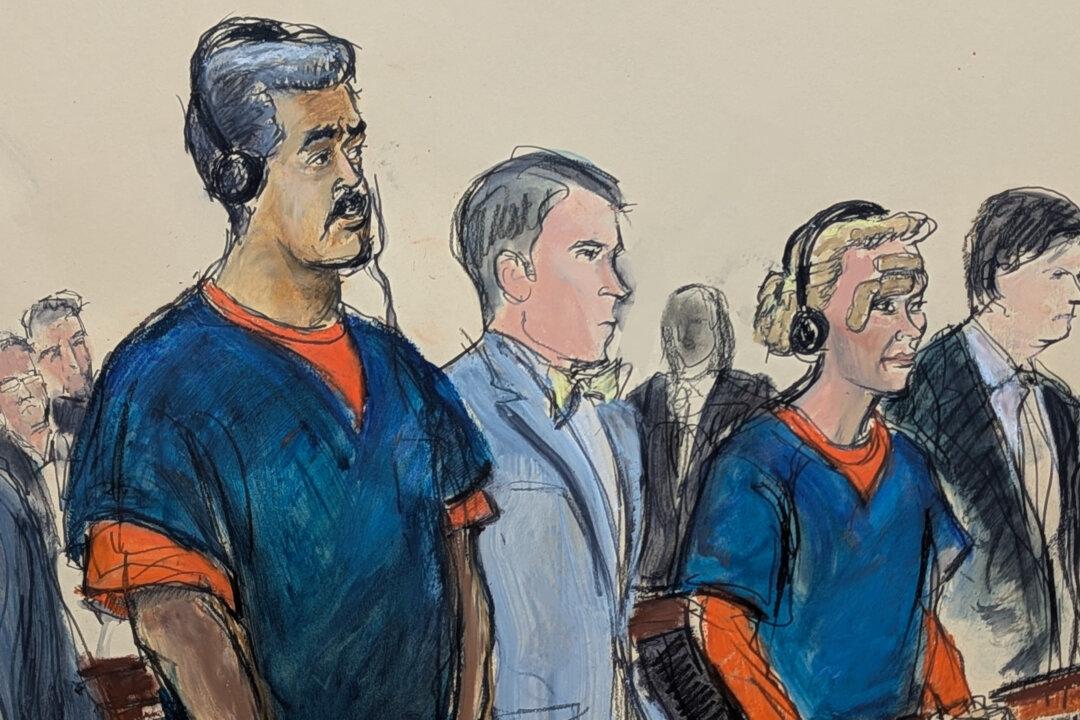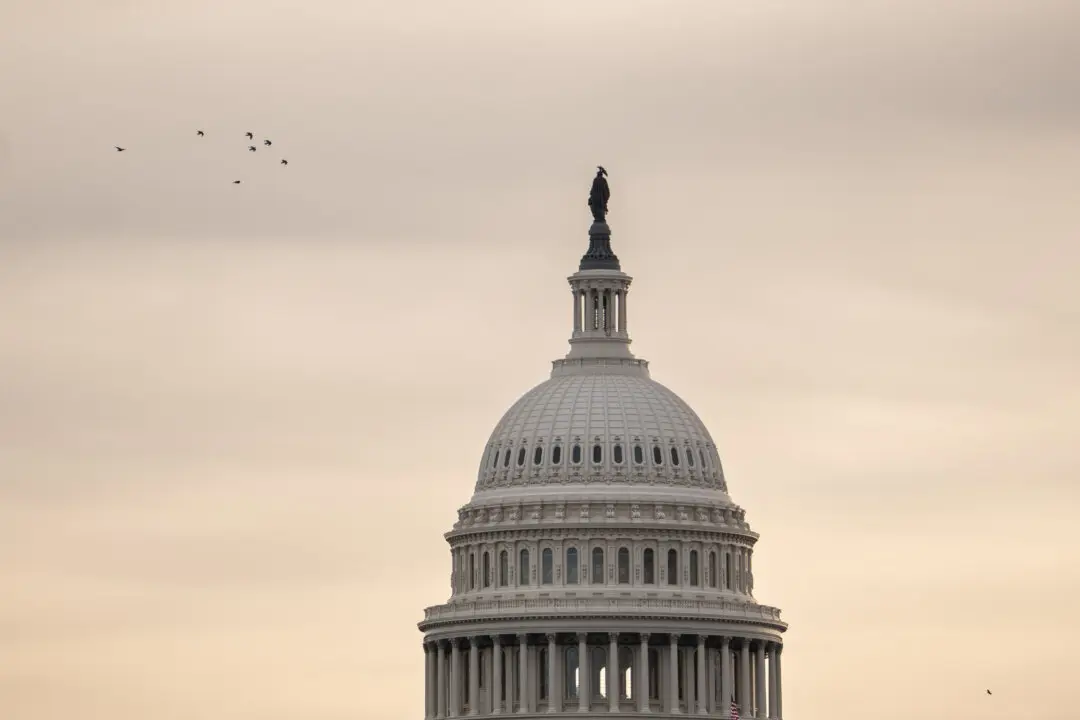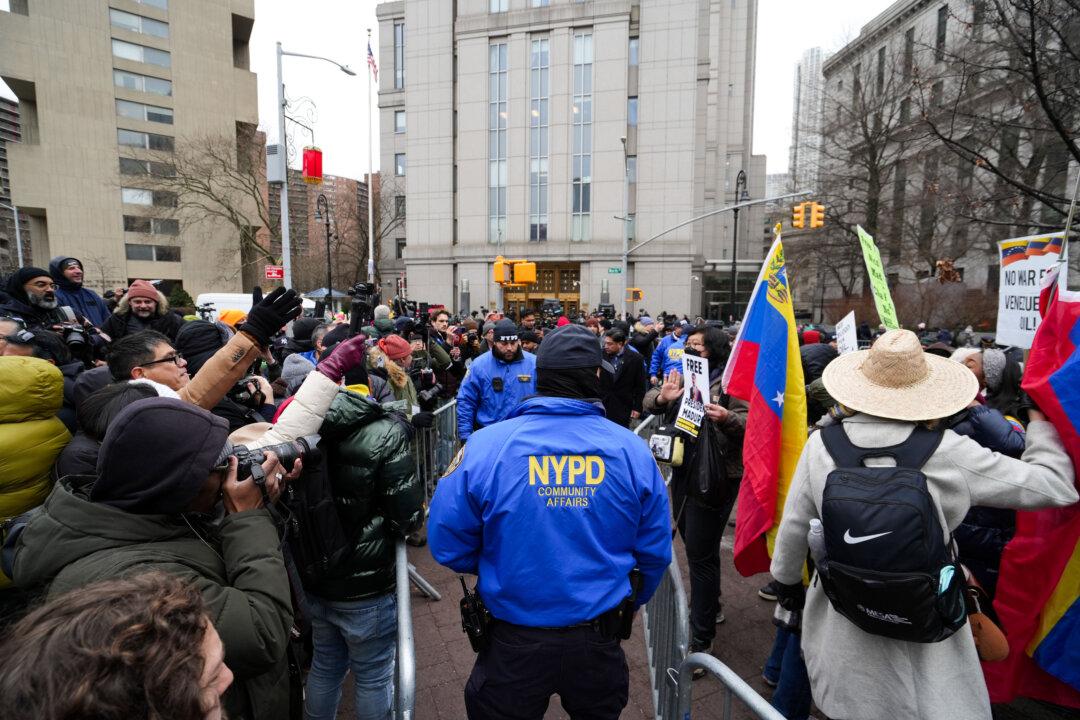1831
Construction begins on the first railroad in New York City, the New York and Harlem Railroad. The first section opened in 1832 and ran between Prince Street and 14th Street in the Bowery. Construction continued in sections until 1852, running north to Chatham, N.Y. The first railcars were drawn by horses. Steam engines were introduced in 1837, to partially replace horses.
1871
The first Grand Central Terminal is built by shipping magnate Cornelius Vanderbilt. The building housed three railroads with separate waiting, baggage, and ticketing areas for each. It was virtually obsolete upon completion.
1902
Years of bans on steam locomotive use in addition to public dismay culminate in a public outcry when a fatal train crash occurs, instantly killing 15 people and injuring 38. The crash occurred in a tunnel where steam obscured visibility. A week after the accident, railroads proposed plans to improve safety. Before the end of the year a proposal was in place to demolish the current station and build a two-level, all electric terminal.


